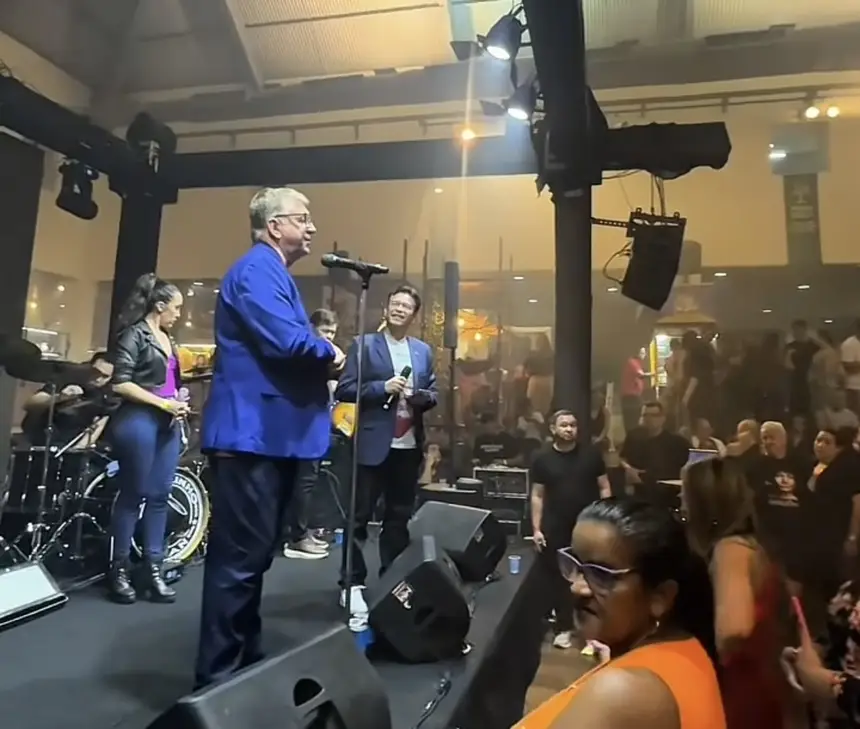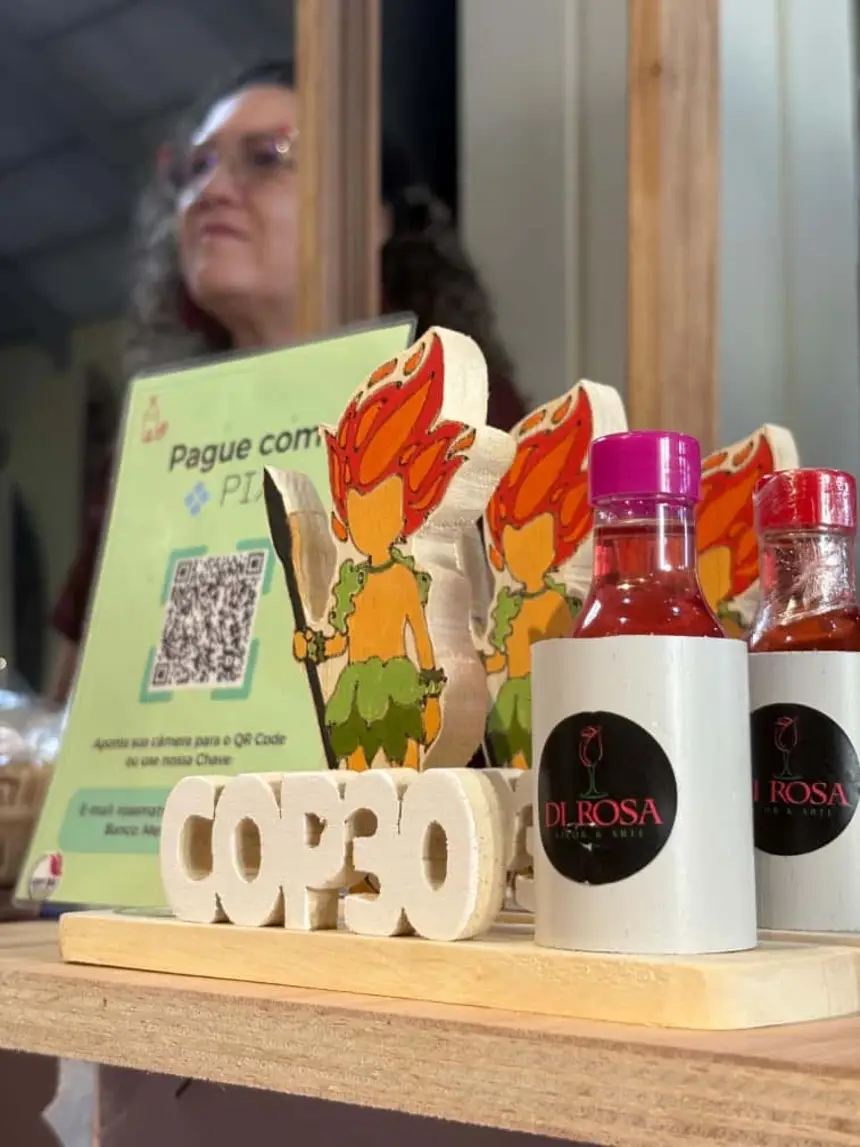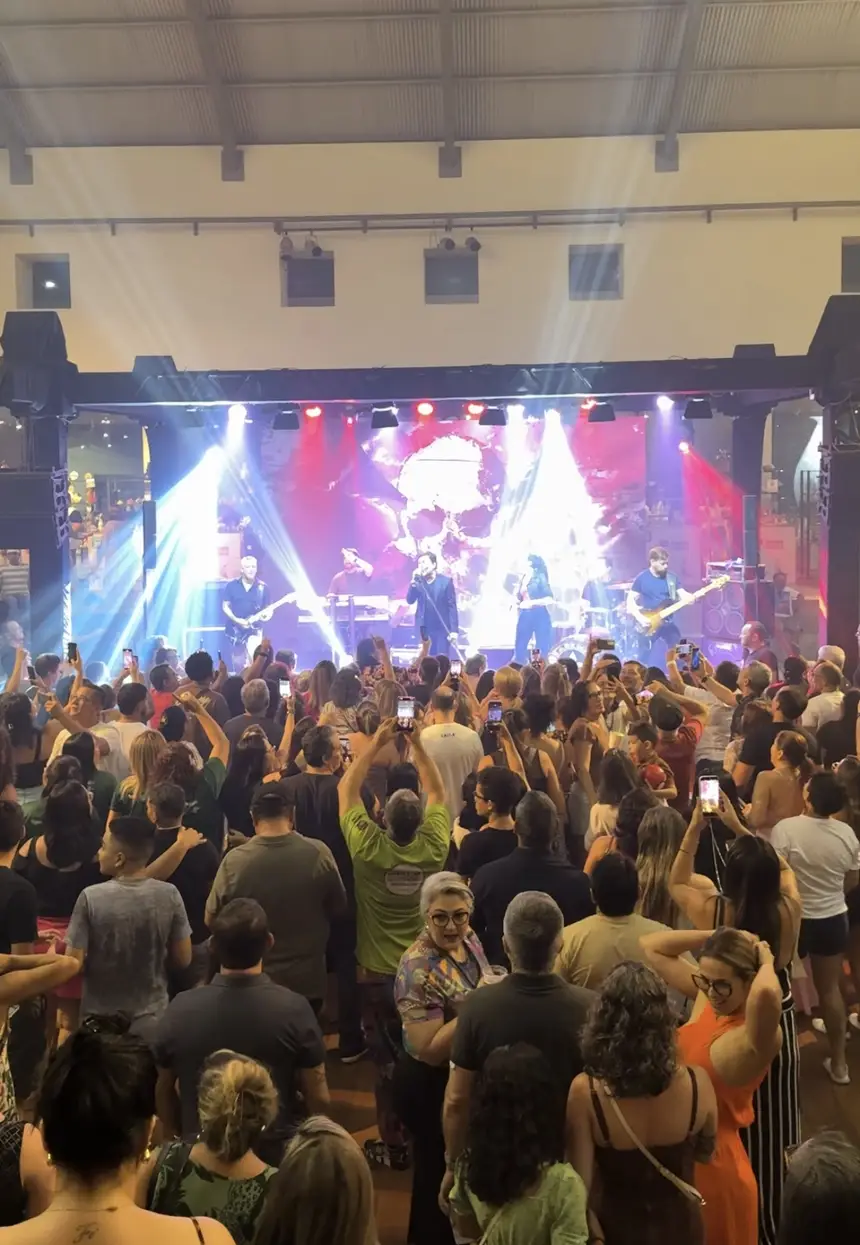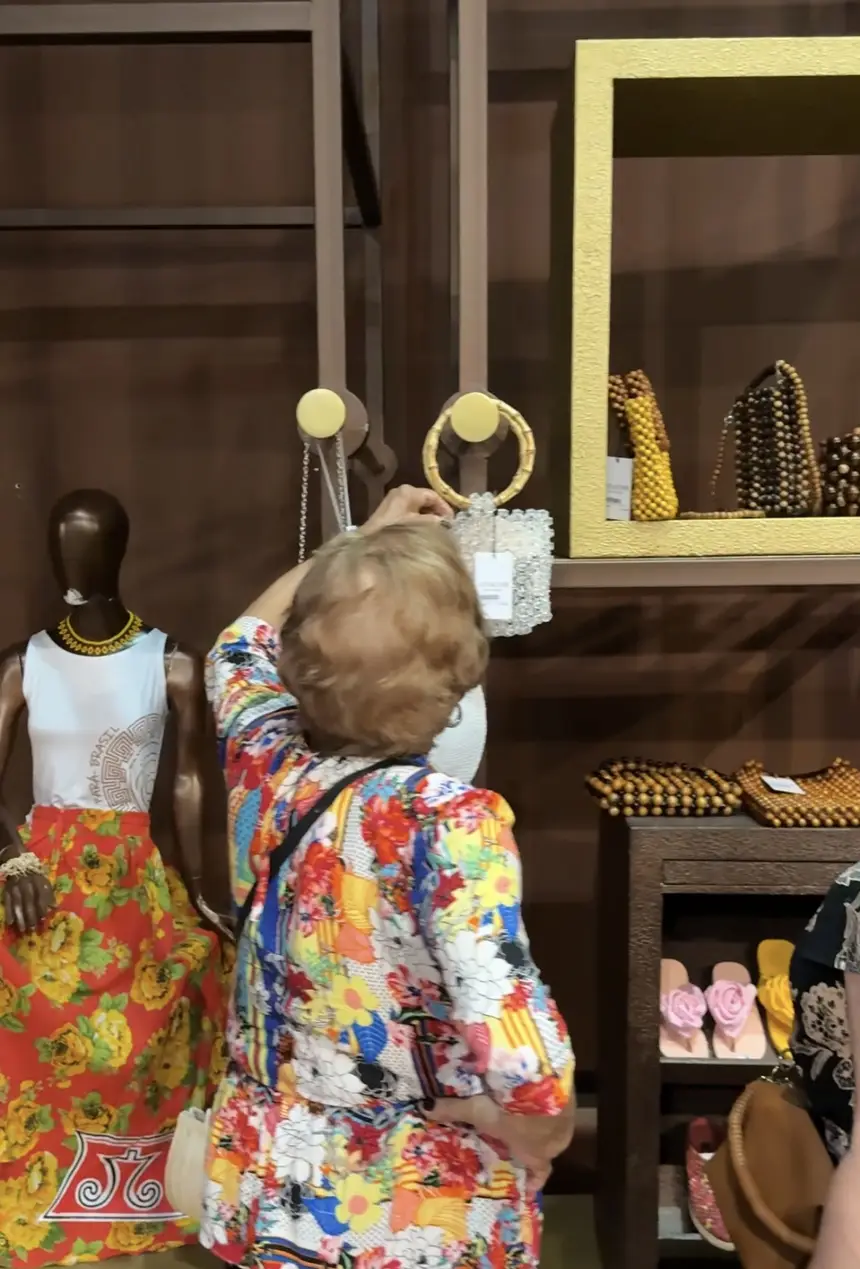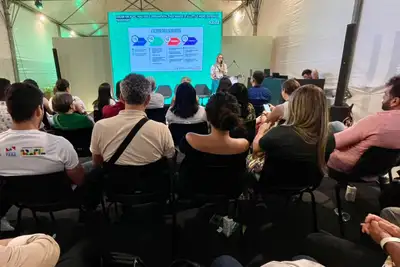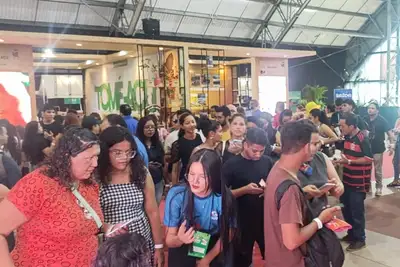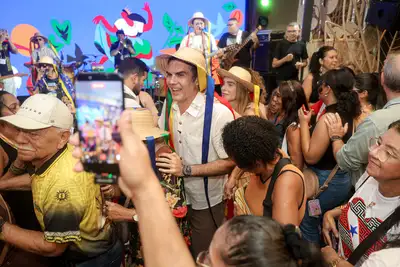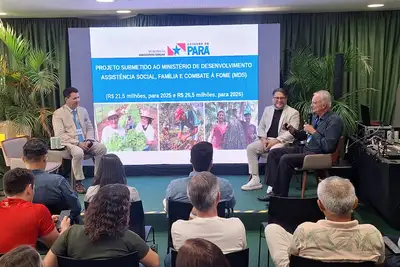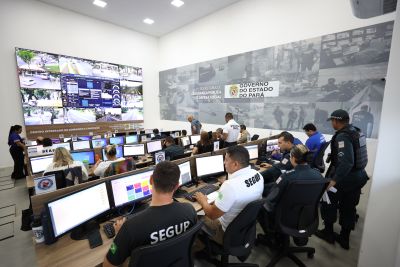State Government registers over 11,000 visitors at the Handicraft Museum during COP30
With the theme "Take the art of the Amazon with you", the program brought together over 30 local artists and groups, in a calendar that united music, tradition, and sustainability
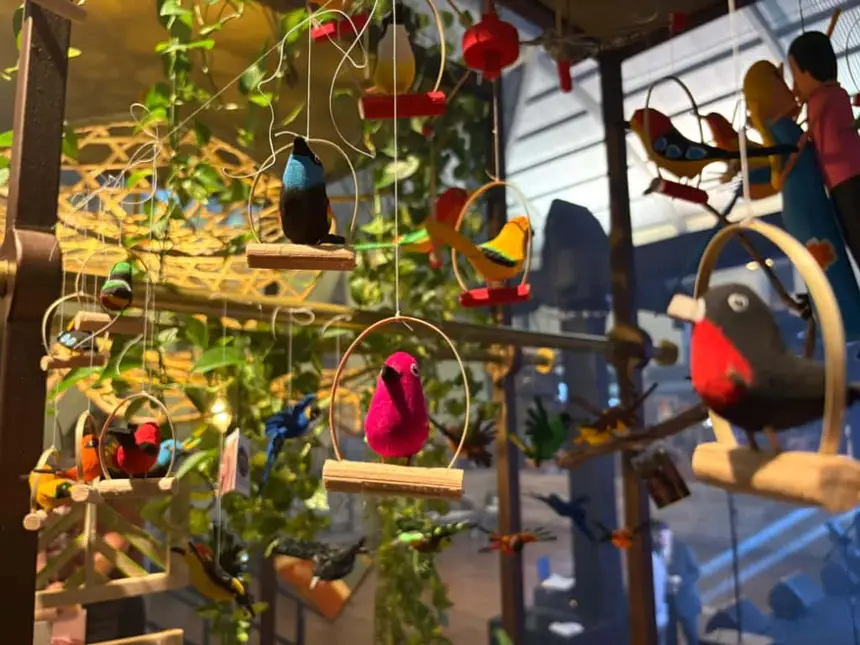
The Government of Pará, through the State Secretariat of Social Assistance, Labor, Employment, and Income (Seaster) and the State Secretariat of Economic Development, Mining, and Energy (Sedeme), concluded the activities of the Handicraft Museum of Pará (MAP) this Friday (21), after 11 days of operation with an intense program that attracted around 11,200 visitors at the São José Liberto space in Belém.
With the theme "Take the art of the Amazon with you", the program brought together over 30 local artists and groups, in a calendar that united music, tradition, and sustainability.
Among the highlights of the program held at the venue, the audience had the opportunity to participate in discussions about Amazonian art, with renowned names in the field who work in the State, as well as to experience regional flavors, with a vast menu offered and exclusive products made by experienced professionals, providing the audience with moments of immersion and in-depth knowledge about Pará's culture and the combination of tradition and innovation.

To conclude the program in style, the audience enjoyed a musical performance by the regional group Sancari, featuring carimbó, followed by the Pará singer Markinho Duran.
The MAP allowed visitors to experience themes related to Pará's cultural diversity, sustainability, and innovation, with its program integrated into the COP30 calendar, amidst activities that sought to highlight the handicrafts of our region, which are produced exclusively with seeds, ceramics, fibers, and other regional raw materials.
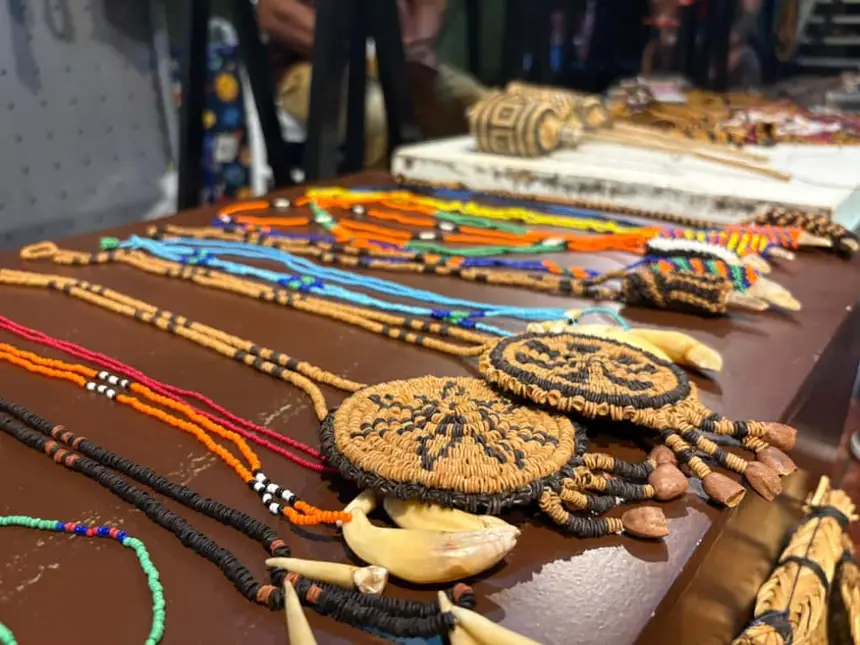
Considered one of the great icons of Pará's handicrafts, the audience also appreciated a bit of the ceramic hub in Icoaraci, which stands out with its pieces in Marajoara graphics and works adorned with Pará paintings, connecting the artisan and the culture.
"Working with ceramics for me is being able to have a self-knowledge of what manual work is, and this is liberating. From clay, you can create infinite possibilities, from a cup like the utilitarian ceramics to decorative items. Bringing this to the fair gives people the opportunity to know our work and have a little of the affection we have in these pieces within their homes and in a special corner," highlighted Rafaelly Lobato, artisan from Cerâmica Família Sant’ana.

Program
During the exhibition days, visitors attended debates with various cultural approaches, as well as musical performances, all in line with the conference. The proposal aimed to expand the public's contact with Amazonian art, promoting experiences that united sustainability, tradition, and innovation in a single space.
"I found everything very beautiful at the stands, I also find it interesting, so we as Pará residents, Belém residents, should support it, as this is unprecedented. It will leave a legacy; COP30 will pass, but Belém will remain beautiful and with beautiful stories," said Conceição Reis, a real estate agent.
The initiative focused on presenting to the world the cultural diversity of the Amazon, in unique and sustainable pieces, further reinforcing the State Government's commitment to valuing and preserving Amazonian culture and strengthening the creative economy, encouraging cultural tourism.
"We are happy with the realization of the Handicraft Museum of Pará, as it was a unique opportunity for the State to show the world all this wealth, through the exhibitions of manual work executed by those who reside here, which brings memory and preserves our rich history. In this grand moment, people from around the world had contact with the best of our art and culture, in addition to understanding all the representativeness that the Amazon has. This was also a valuable opportunity for those who live off handicrafts, ensuring income and future work," said Inocencio Gasparim, head of Seaster.
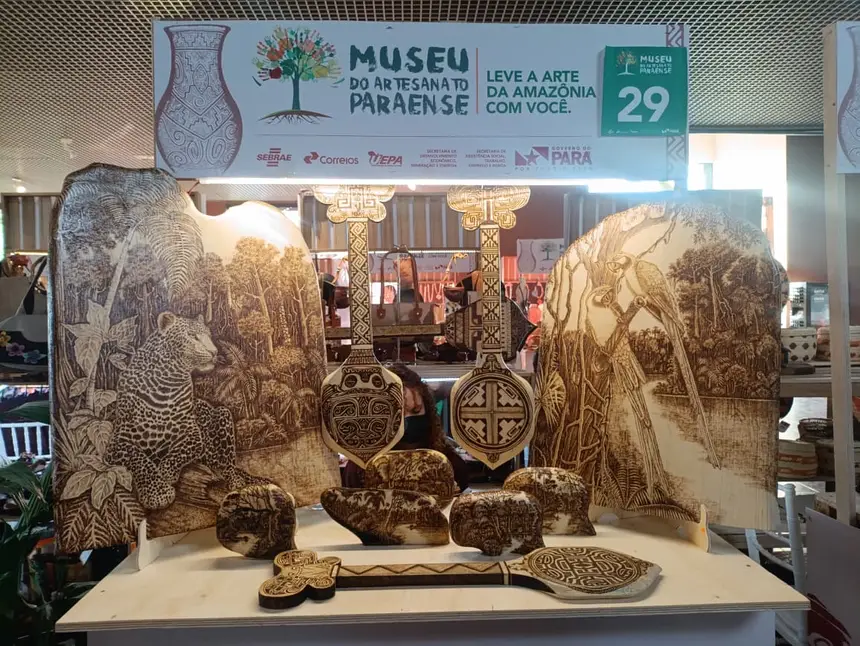
The realization of the MAP also had the partnership of the State University of Pará (UEPA), Sebrae/PA, and Correios.


